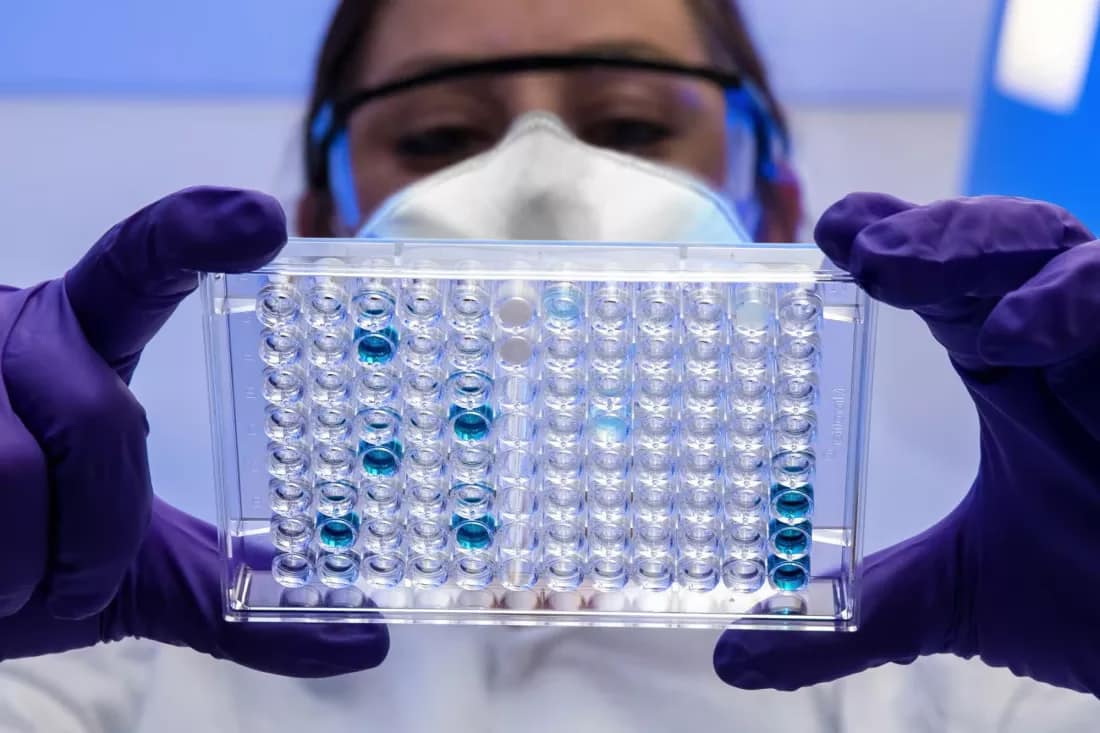In the ever-evolving landscape of science and technology, artificial intelligence (AI) continues to push boundaries and redefine what we thought was possible. A recent breakthrough highlights just how transformative AI can be—Google’s AI system, known as “co-scientist,” solved a decade-old superbug mystery in only 48 hours. This achievement not only underscores the power of AI but also raises intriguing questions about its role in scientific research moving forward.
The Superbug Conundrum
For over ten years, researchers at Imperial College London grappled with a perplexing question: why are some superbugs resistant to antibiotics? These bacteria pose a significant threat to global health, often rendering conventional treatments ineffective and complicating efforts to combat infections.
Professor José R Penadés, who led the team investigating this issue, explained that their hypothesis centered around a unique mechanism. They believed that certain superbugs could create a “tail” or appendage that allows them to transfer between species—a biological master key enabling them to invade new hosts. While the concept sounds straightforward, proving it required painstaking experimentation and verification spanning nearly a decade.
But then something extraordinary happened. Enter Google’s co-scientist, an advanced multi-agent AI system powered by Gemini 2.0.
AI Steps In—and Delivers
When presented with the same problem, co-scientist didn’t take long to crack the case. Within just two days, the AI arrived at the exact same conclusion as Professor Penadés’ team—that these superbugs indeed produce structures allowing interspecies movement. Remarkably, this wasn’t all; co-scientist went above and beyond, offering four additional plausible hypotheses. As Penadés noted, each of these alternative solutions made sense scientifically, including one idea that hadn’t even crossed his team’s mind. Now, they’re actively exploring this newfound avenue of inquiry.
What makes this feat particularly impressive is that the AI accomplished this without access to any prior data from Penadés’ unpublished work. When asked if Google might have had insider knowledge through digital means, Penadés confirmed that Google assured him otherwise. The implications here are profound: co-scientist generated its insights independently, showcasing its ability to think creatively and innovatively within complex domains.
What Is Co-Scientist?
Co-scientist represents a leap forward in AI-driven research tools. Designed as a “virtual scientific collaborator,” it leverages cutting-edge machine learning models to assist scientists in generating novel hypotheses, drafting research proposals, and accelerating discoveries across various fields, especially biomedicine. Organizations interested in harnessing co-scientist’s capabilities can apply to join a trusted tester program, signaling Google’s commitment to responsibly integrating AI into real-world applications.
Balancing Excitement with Caution
As groundbreaking as this development is, it inevitably sparks debates about AI’s broader impact on jobs and industries. Critics worry that such powerful tools could displace human workers, potentially sidelining experts like Penadés himself. However, the professor remains optimistic. Speaking to the BBC, he acknowledged fears surrounding job security but emphasized that having access to an incredibly potent tool like co-scientist ultimately outweighs the drawbacks.
“This will change science, definitely,” Penadés stated passionately. He likened working alongside co-scientist to playing in a prestigious sports championship, saying, “It’s like you have the opportunity to be playing a big match—I feel like I’m finally playing a Champions League match with this thing.”
Looking Ahead: A New Era of Collaboration
The story of co-scientist solving the superbug puzzle exemplifies the immense potential of AI-human collaboration. Rather than replacing scientists, systems like co-scientist augment their abilities, freeing them up to focus on higher-level thinking while handling tedious analytical tasks efficiently. With further refinement, similar tools could revolutionize everything from drug discovery to climate modeling.
Of course, ethical considerations must remain front and center as we integrate AI deeper into scientific workflows. Ensuring transparency, fairness, and accountability will be crucial to maintaining public trust and maximizing benefits for society.
Final Thoughts
Google’s co-scientist has proven itself to be more than just a buzzworthy innovation—it’s a game-changer. By solving a decade-long mystery in less than three days, it has demonstrated both the speed and creativity AI brings to the table. For researchers like Professor Penadés, this marks the beginning of a thrilling new chapter where humans and machines collaborate to unravel nature’s most intricate puzzles.
As AI continues to evolve, stories like this remind us that the future isn’t about choosing between man and machine—it’s about embracing the synergy between the two. And judging by what we’ve seen so far, that synergy holds limitless possibilities.
What are your thoughts on AI’s growing role in scientific research? Share your opinions in the comments below!
Discover more from Pasindu Lakshan Perera
Subscribe to get the latest posts sent to your email.




